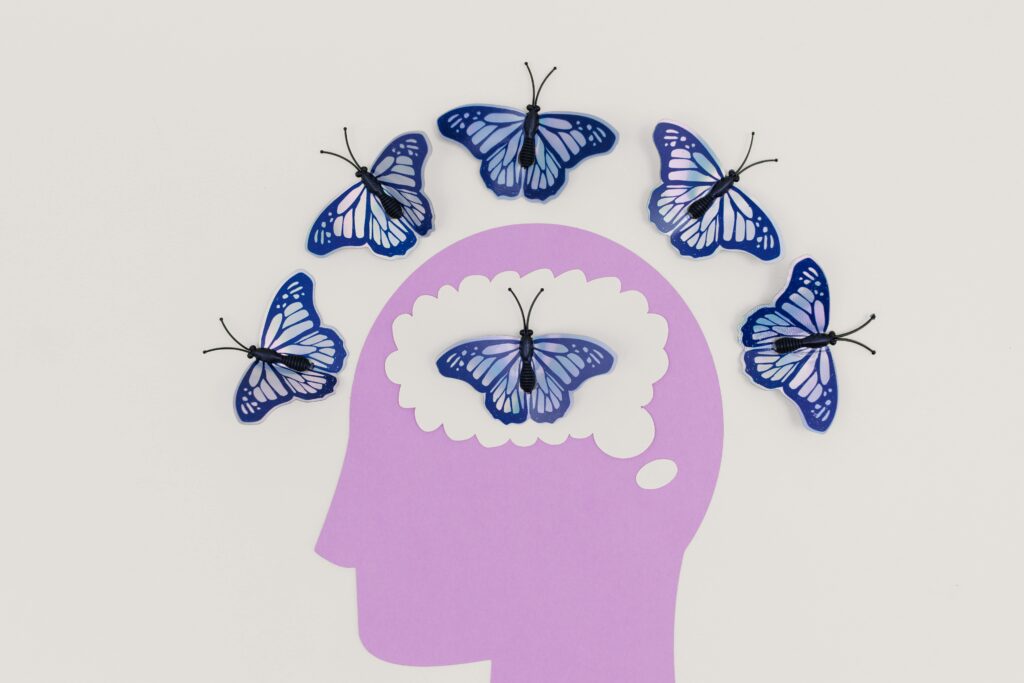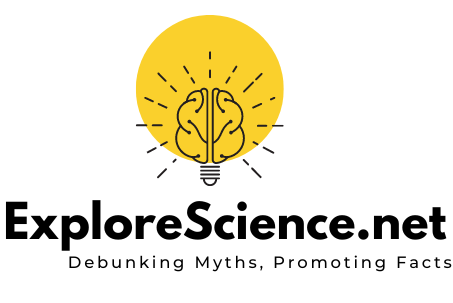 It is estimated that the speed of light in a vacuum is 299,792 km/s.Keep reading and know 50 Amazing facts that will blow your mind
It is estimated that the speed of light in a vacuum is 299,792 km/s.Keep reading and know 50 Amazing facts that will blow your mind
- About 78% of the gases in the Earth’s atmosphere are nitrogen, 21% are oxygen, and there are trace amounts of other gases.
- Scientists Francis Crick and James Watson made the initial discovery of DNA, the building component of life, in 1953.
- With more than 86 billion neurons, the human brain is the most complex structure that has ever been discovered by humans.
- Sir Issac Newton gave the first explanation of gravity in the seventeenth century.
- Mendeleev invented the periodic table in 1869, which arranges elements according to their atomic number and chemical characteristics.
- Current scientific ideas estimate the age of the universe to be approximately 13.8 billion years.
- The distance that light travels in a year, or approximately 9.46 trillion kilometers, is called a light-year.
- Dolly the sheep was the first mammal to be successfully cloned in 1996.
- The sun and other stars are powered by nuclear fusion, which turns hydrogen into helium.

- About 60% of the human body is constituted of water.
- According to Charles Darwin’s theory of evolution, minute, inherited changes naturally choose for one another to give rise to new species of creatures.
- An atom is the smallest known unit of matter. It is made up of an electron-surrounded nucleus made up of protons and neutrons.
- There are roughly 3 billion base pairs of DNA in the human genome.
- According to the Big Bang theory, the universe began as a single point and has been expanding ever since.
- Since sound propagates through a medium like air, water, or solid things, it cannot pass through a vacuum.
- The movement of molten iron in the Earth’s outer core is what creates the magnetic field.
- The link between space and time is explained by Albert Einstein’s theory of relativity.
- Every second, the human body creates over 25 million new cells.
- The 18th-century physicist John Michell initially postulated the idea of black holes, which are regions of spacetime where gravity is so powerful that not even light can escape.

- The cheetah, with a top speed of 70 miles per hour (113 kilometers per hour), is the fastest land animal.
- Paleontology, the study of fossils, offers proof of extinct life forms and evolutionary processes.
- The skin is the biggest organ in the human body.
- The two main elements that make up the Earth’s core are nickel and iron.
- Through the process of photosynthesis, which is carried out by plants, algae, and certain bacteria, sunlight is used to change carbon dioxide and water into oxygen and glucose.
- The Nile River in Africa is the world’s longest river, measuring more than 6,650 kilometers.
- Cell division, also known as mitosis, is the process by which organisms divide, grow, and repair damaged tissues.
- Earthquakes are measured for magnitude using the Richter scale.
- The movement of the Earth’s lithosphere, which includes the emergence of continents, earthquakes, and volcanic activity, is explained by the theory of plate tectonics
- Christiaan Barnard, a surgeon from South Africa, carried out the first human heart transplant successfully in 1967.
- The majority of the sun’s UV radiation is absorbed by the ozone layer in the Earth’s stratosphere, shielding life as we know it from harm.
- The world’s largest coral reef system is called the Great Barrier Reef, and it is situated off the coast of Australia.
- The International Space Station (ISS) travels at an average altitude of around 420 kilometers around the planet.
- French astronomer Jules Janssen made the initial discovery of the chemical element helium in 1868 while witnessing a solar eclipse.
- Approximately 10 million distinct hues may be distinguished by the human eye.
- The liver is the biggest organ in the human body.
- The semi-fluid asthenosphere underlying the various major and tiny tectonic plates that make up the Earth’s crust is what keeps them afloat.
- The behavior of matter and energy at the tiniest sizes, including atoms and subatomic particles, is described by the idea of quantum mechanics.
- Developed by Edward Jenner in 1796, the first effective vaccine offered smallpox protection.

- Since its 1990 orbital launch, the Hubble Space Telescope has yielded a wealth of information about the cosmos, including its age and rate of expansion.
- Atomic nuclei are divided during the nuclear fission process, which is utilized in nuclear power plants, to liberate energy.
- There are 206 bones in the human skeleton.
- Our solar system is part of the Milky Way galaxy, which has a diameter estimated at 100,000 light-years.
- The link between electric and magnetic fields is explained by James Clerk Maxwell’s theory of electromagnetism, which dates back to
the19th century. - Throughout the day, the human heart beats roughly 100,000 times, circulating 7,570 liters of blood throughout the body.
- All living things have a common ancestor and inherit qualities through genes, according to genetics research.
- The Andromeda Galaxy is the nearest spiral galaxy to the Milky Way, situated 2.537 million light-years from Earth.
- Cells use cellular respiration to transform glucose and oxygen into water, carbon dioxide, and energy.
- All living things have a common ancestor and inherit qualities through genes, according to genetics research.

